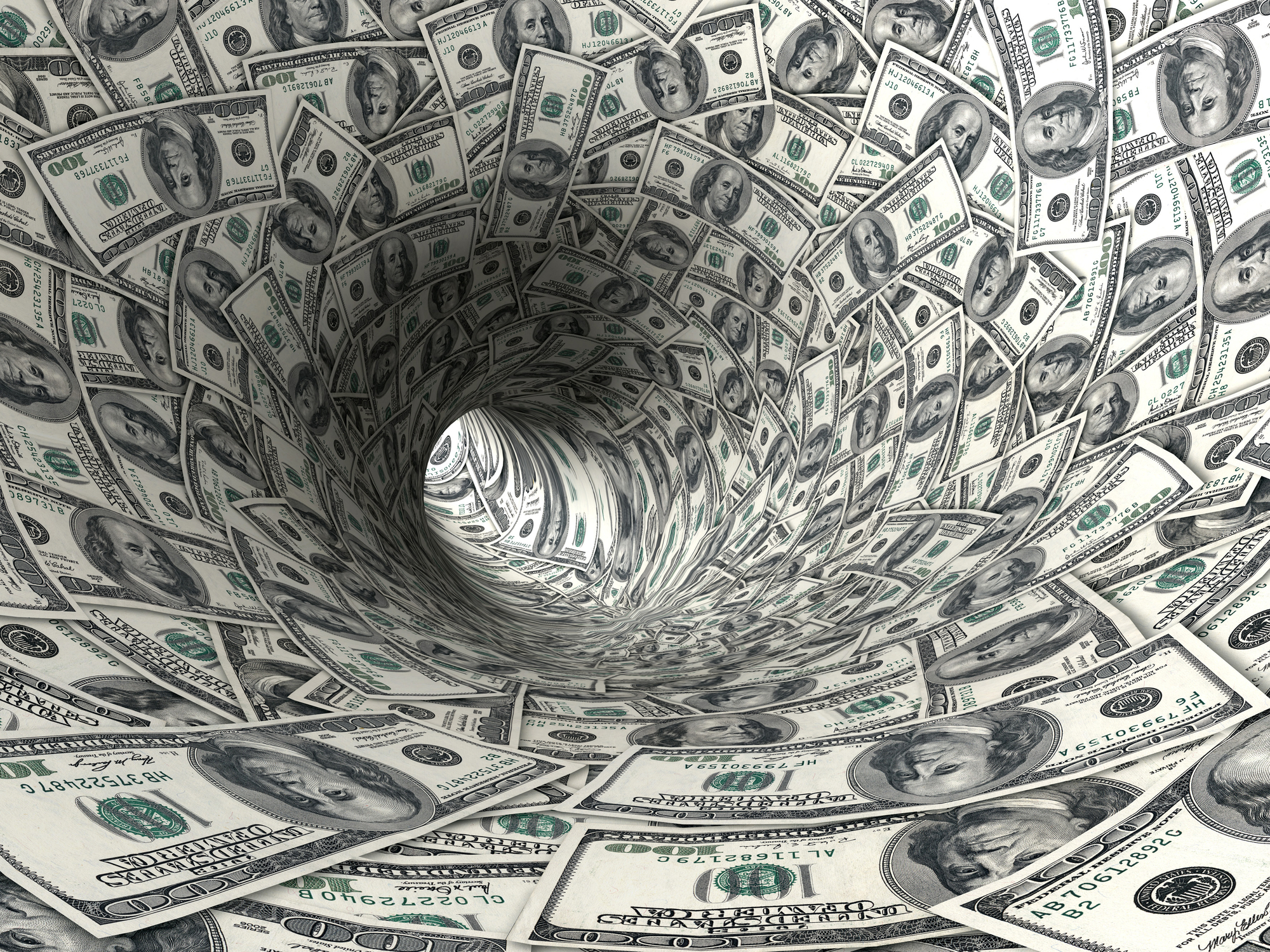In the business world, finance is a critical factor. They ultimately tend to draw the line between success and failure while deciding just how much leeway a company has to grow and evolve. That being said, not all finances are the same. Certain differences exist between cash flow and profits. Understanding the key contrasts between those two elements will go a long way toward helping you make more informed decisions and have a positive influence on the future of your business.
Cash Flow Versus Profit
Cash flow and profit are recurring terms in the business finance sector. They generally go hand in hand and are often used interchangeably, but they’re certainly not the same. One speaks to the ongoing health of your business while the other paints a more temporary picture.
What Is Cash Flow?
In simple terms, cash flow is the money that comes into and goes out of your business. As the name indicates, it’s a liquid figure that continually changes. Ideally, it never actually subsides.
Your business’ cash flow refers to the money customers pay in. It also encompasses all your expenses, such as payroll, inventory, supplies, equipment, utilities, and monthly lease or rent payments to name a few possibilities.
What Is Profit?
Profit is the amount of money left over after all your business expenses have been paid. It can be divvied up among shareholders or funneled back into the company to foster expansions or new products and services. It could also make its way into your pocket if the situation fits. This figure is also the basis on which taxes are calculated.
Analysts look at three distinct categories of profit: gross, operating, and net. Gross profit is the excess revenue a company brings in after materials, labor, and other production costs are deducted. It doesn’t include rent, utilities, and similar fixed expenses. Operating profit is the positive cash flow of business before taxes and interest are paid. Net profit is the amount of money remaining after all expenses have been deducted.
Which Is More Important: Cash Flow or Profit?
All our lives, we’re led to believe profit reigns supreme. After all, that’s the money business owners get to take home. Despite common belief, cash flow is actually the more important figure in most cases. It’s what keeps a business afloat. Having a steady cash flow gives you more borrowing power for growth and expansion or, at the very least, allows you to keep the doors open.
Countless companies have persevered even though they brought in little if any, profit for extended periods. While they didn’t have much left after all their expenses were covered, they still had a strong enough cash flow to cover all their essential expenses. At the same time, numerous companies have generated ample profits for a time but ultimately went under because the excess wasn’t backed by constant cash flow.
Bottom Line
For the majority of businesses, cash flow takes precedence over profit. This ongoing stream of incoming and outgoing money shows that a company hasn’t stalled out. In turn, it provides room to grow and expand.
Of course, no one is saying profit should be ignored. Though the ultimate goal of any business owner should be to make more money than needed to just stay up and running, it’s not necessarily the most important factor. In essence, profit could be considered a long-term target while cash flow is an ongoing objective.

